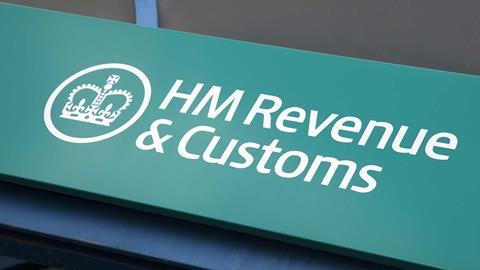This article enlarges upon the piece on SDLT published on 27 January (‘Close the knowledge gap to avoid costly mistakes’). It gives six more examples of how complex, arbitrary and arguably unfair the stamp duty rules on residential property transactions can be. It also corrects facts in the ‘town house’ case study in the previous article.
Case study: the loving husband
James and Katherine are married. Both are in their eighties. Katherine is a full-time resident in a care home. James was unhappy with the quality of care given to Katherine in her previous care home and moved her to a better one at another location. James buys a house close to Katherine’s new care home for £900,000 to live in before selling his former home. He paid £62,000 of stamp duty, including the £27,000 ‘top-up’ for owning another dwelling (the former home) at the end of the day of completion. After finding a buyer for his former home, James begins looking into the process of reclaiming the £27,000. He is shocked to discover that he is not entitled to the refund because the purchased property was not intended to be Katherine’s main residence.
Case study: the family start-up
Lara bought a property in the country for £2m to use as an events venue, as well as to provide a home for her father who will run the events business. She used a company to make the purchase. She expected to pay the stamp duty top-up (obligatory for corporate buyers) but found out after the event that £86,250 more stamp duty is payable because a special flat rate 15% applies. It applies due to her father occupying the property. An exception to the 15% rate exists for companies purchasing dwellings for use in their trade. However, the exception is denied where a ‘non-qualifying individual’ is permitted to occupy the dwelling. Lara’s father is such an individual because he is related to Lara and Lara controls the owner of the property, the company. Likewise, the company must pay another tax every year (or part of the year) that it owns the dwelling – annual tax on enveloped dwellings: £24,800 per year (index-linked for future years).
Case study: the first-time buyer who wasn’t
Maria, an Italian national, intended to buy a London flat for £500,000. She is a first-time buyer. She expected to pay £10,000 of stamp duty, claiming relief for first-time buyers. Her plans change, though, when she learns that the share of a flat in Italy she inherited on her mother’s death would not only preclude her claim for the relief but would cause the stamp duty top-up to be payable, tripling the amount of stamp duty she had budgeted to pay. She changes her mind and rents instead.
Case study: the double-purchase
Nicholas is also a first-time buyer. He wishes to buy two London flats off-plan from the same developer for £750,000 in total. He intends to live in one and let out the other. He also expects (wrongly, but understandably) to claim relief for first-time buyers on one. He completes both purchases on the same date having exchanged a single sale contract for the two flats. He learns that £40,000 of stamp duty is payable (by claiming multiple dwellings relief), almost double the amount he was expecting to pay. Worse still, he discovered that more than £10,000 of stamp duty would have been saved if he had exchanged separate sale contracts for the flats and completed on different dates.
Case study: the combination
Olive and Peter own their home. They buy two houses adjacent to each other for £1m in total. Their intention is to knock through to make one large home. They fund the purchase by selling their former home. They expect to pay £43,750 of stamp duty, as they do not own another dwelling. HMRC opens an enquiry into the SDLT return and amends the return on closure of the enquiry giving effect to their conclusion that £30,000 more stamp duty is payable. They argue that the top-up is payable because Olive and Peter owned more than one dwelling at the end of the day of completion and they did not replace their main residence.
Case study: the returning serviceman
Quentin and Rachel are married. They own a house in the UK, which had been their home until Quentin was posted overseas – he is an officer in the armed forces – and has been let out since. They have lived in barracks in Germany for more than three years. They are due to return to the UK and wish to buy a new home for £750,000 funded by the sale of their former home. Their buyer pulls out and they use a bridging loan to proceed with their purchase. They must pay £50,000 of stamp duty, including £22,500 of top-up. Three months later, they find a new buyer and sell their former home. They are disappointed to learn that they are not entitled to a refund of the £22,500 because they did not live in the sold house within the last three years even though this was due to circumstances outside their control. (Attempts have been made, and continue to be made, for a specific exception to the three-year rule for members of the armed forces, notably by John Shallcross of Blake Morgan.)
Case study in part 1: the town house (correction)
The words ‘They sold the London flat one month later’ should read ‘They sold the London flat one month earlier’ and ‘October 2018’ should read ‘October 2019’.
Sean Randall is a partner at tax, accounting and business advisory firm Blick Rothenberg, London




























No comments yet